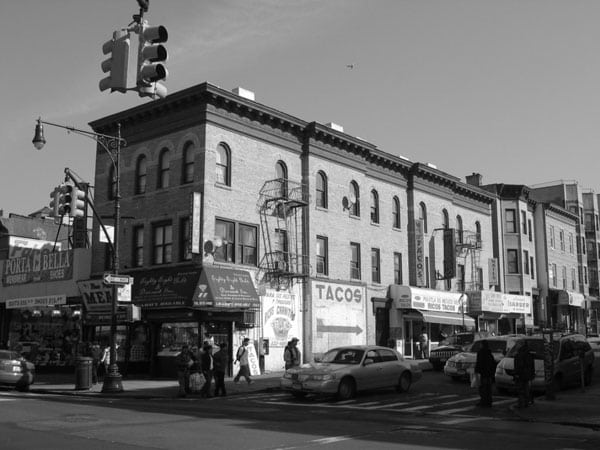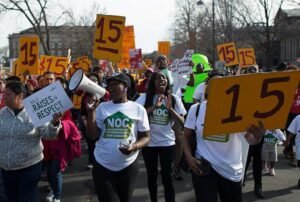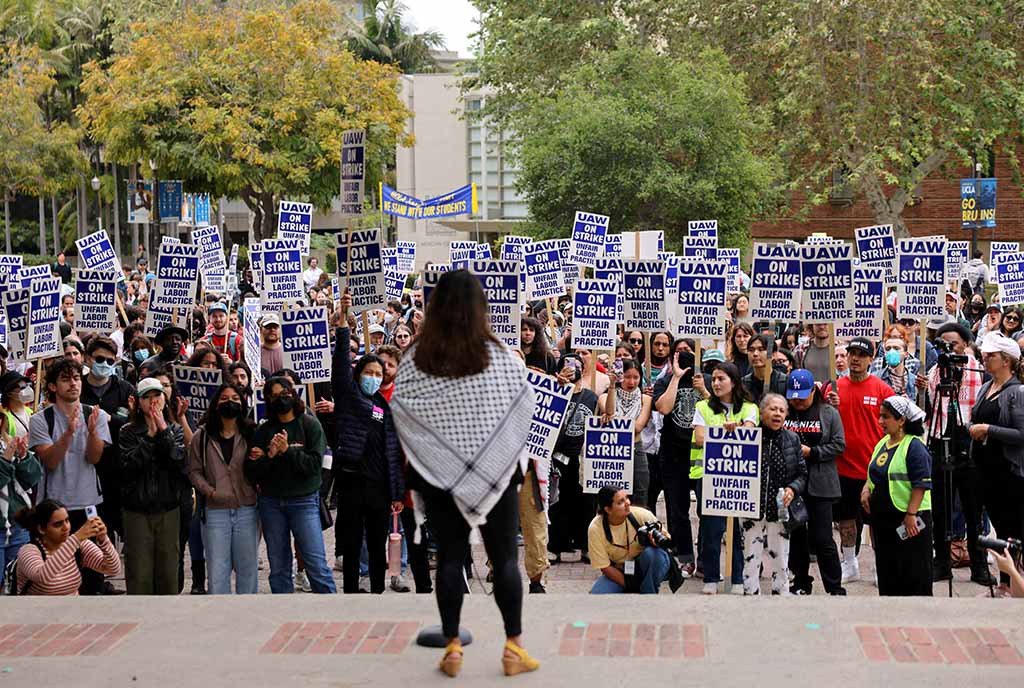
September 23, 2018; In These Times
As Erik Forman notes in In These Times, New York City’s unions were once leading housing co-op developers. Forman estimates that “40,000 still-affordable cooperative housing units—Amalgamated Houses, Concourse Village and Co-op City in the Bronx; Penn South in the heart of Manhattan; 1199 Plaza in East Harlem; Rochdale Village and Electchester in Queens; Amalgamated Warbasse in Brooklyn—stand as monuments to what an organized working class can achieve. This housing provides a bulwark against gentrification and a blueprint for ending the housing crisis.”
One of the first places where union construction of housing co-ops began, writes Forman, was in “1916 in Brooklyn’s Sunset Park, where immigrant workers from Finland found themselves overcharged for subpar housing. Members of the Brooklyn Finnish Socialist Club figured out they could build higher quality housing for less than it would cost to rent from a landlord.”
“Within a decade,” Forman remarks, “there were almost 30 Finnish-owned co-op buildings in Sunset Park, with carrying costs (a monthly maintenance fee paid by each household) around half the rent of similar apartments in privately owned buildings. Members were forbidden from selling their units at a profit to ensure lasting affordability. In a pattern that would be repeated for decades to come, the housing co-ops became part of a local co-op ecosystem that included a restaurant, bakery, and grocery store.”
A decade later in the Bronx, the United Workers Cooperative Colony opened in 1927. Abraham Kazan, who came to the US in 1904 at age 15 to escape anti-Semitism in the Ukraine and rose up through the ranks of the textile workers’ union, began developing co-op housing during the 1920s and 1930s. After World War II, Kazan, explains Forman, “created the United Housing Foundation (UHF) in 1951, a coalition that included 19 unions. UHF was funded by a modest one-percent fee on the cost of building each development.
In 1955, Forman explains, “labor helped pass the Limited-Profit Housing Companies Act, better known as the Mitchell-Lama program…over 100,000 units of housing would be built under the program. More than half were cooperatives, the majority of which were built by Kazan’s UHF.”
The largest housing co-op of them all was—and is— known as “Co-op City,” which included 15,382 units in 35 high-rises and 236 town houses, all union-built.
Sign up for our free newsletters
Subscribe to NPQ's newsletters to have our top stories delivered directly to your inbox.
By signing up, you agree to our privacy policy and terms of use, and to receive messages from NPQ and our partners.
“Co-op City remains one of the most affordable places to live in New York City,” Forman writes, but cost overruns, the death of Kazan in 1971, and the shifting of the economy of New York City to one that relentlessly favored Wall Street—a shift that labor activist and scholar Kim Moody details in a book published in 2007 titled From Welfare State to Real Estate: Regime Change in New York City, 1974 to the Present—all combined to bring the era of housing co-op construction by labor unions in New York City to an end.
But could a new era of union-built co-op housing emerge?
Forman doesn’t mention this, but New York City today is experiencing a worker co-op boom, notes Esteban Kelly, executive director of the US Federation of Worker Cooperatives. Kelly adds that, backed by $3.8 million a year of city support for technical assistance, the number of worker co-ops has increased in New York City from 12 to 80.
Interestingly, a central co-op hub today is Sunset Park, the same neighborhood where housing co-ops emerged a century ago. The demographics have changed—the once highly Finnish neighborhood is now primarily Latinx and Asian-American—but Sunset Park remains an immigrant center. Much as co-ops stabilized housing for Finnish immigrants in the 1920s, worker co-ops stabilize the neighborhood today by ensuring livelihoods.
It is not clear if enthusiasm for worker co-ops will spread to housing. But Forman believes the elements for a new wave of housing co-op construction in New York City are there. He observes, “The city is seeking affordable housing developers for parcels of land across the boroughs. Financing is available through Low Income Housing Tax Credits and union pension funds invested in the AFL-CIO Housing Investment Trust. And the state still grants tax abatements for affordable housing developments.”
“The 40,000 units of housing built by UHF,” Forman adds, “are the embers of a vision that once fired the labor movement: Build for human need, not for profit. The working class needs housing now more than ever. Labor can build it again.”—Steve Dubb













